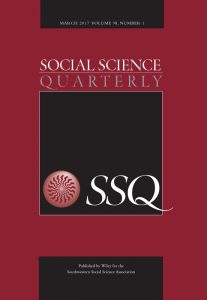Economic Remedies for Discrimination?
h One of the most popular (and frankly, easiest) methods of confronting issues of violence and discrimination among women and children has been financial assistance. In the recent special article in the New York Times, “women” are categorically viewed as the great moral challenge of the 21st century (see article below). Apart from the inherently problematic nature of presenting women as a monolithic and undifferentiated category, there is a more fundamental issue at stake. Attention to issues of discrimination, physical and sexual abuse, and other forms of social, economic, and political violence cannot be addressed solely through financial means.
One of the most popular (and frankly, easiest) methods of confronting issues of violence and discrimination among women and children has been financial assistance. In the recent special article in the New York Times, “women” are categorically viewed as the great moral challenge of the 21st century (see article below). Apart from the inherently problematic nature of presenting women as a monolithic and undifferentiated category, there is a more fundamental issue at stake. Attention to issues of discrimination, physical and sexual abuse, and other forms of social, economic, and political violence cannot be addressed solely through financial means.
Theorist Nancy Hanrahan articulates the need for difference to be understood as political struggles articulated through the terrain of culture. Gender difference as one example, is instantiated through multiple levels of culture and connected to political domains and is always situated temporally. This framework sees difference materialized in the symbolic order, the institutional order, and at the level of experience in time.
When money is used to mediate difference, it does not have a trickle down effect. Rather, difference must be dealt with on all three levels of culture as situated in particular political and temporal contexts. While creating micro loans and financial institutions for women may ameliorate some aspects of women’s lives, these methods do not necessarily restructure symbolic, cultural, and institutional realities.
NY Times, “Saving the World’s Women”



1467-7660/asset/DECH_right.gif?v=1&s=a8dee74c7ae152de95ab4f33ecaa1a00526b2bd2)

An interesting post highlighting some of the core issues to sociology. While micro level factors are important, the macro level structures cannot be ignored.
Keri